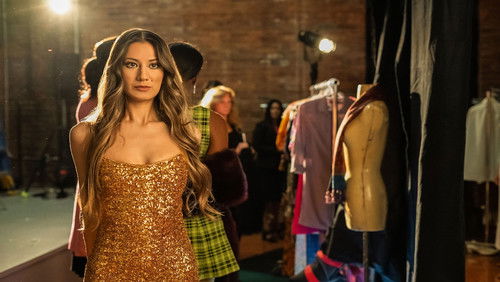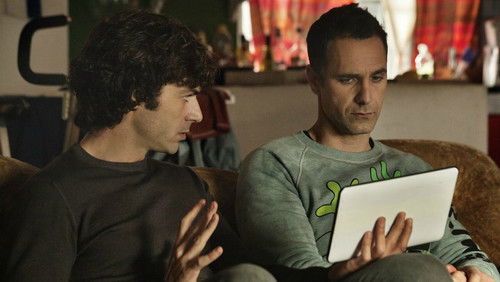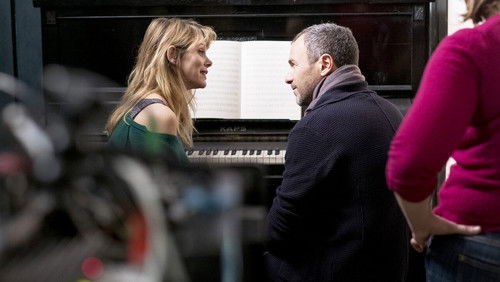Varieté (1925)
11KVarieté: Directed by Ewald André Dupont. With Emil Jannings, Maly Delschaft, Lya De Putti, Warwick Ward. Prologue: The murderer “Boss” Huller – after having spent ten years in prison – breaks his silence to tell the warden his story. “Boss
“Among silent film conneisseurs Herr Ewald André Dupont is well-known for a trilogy of films; u0026quot;Varietéu0026quot; (1925), u0026quot;Moulin Rougeu0026quot; (1928) und u0026quot;Piccadillyu0026quot; (1929); they all explore troubled relationships against a background of twenties popular entertainment (music-hall, cabarets, vaudeville). Of these, u0026quot;Varietéu0026quot; is certainly the best and Herr Dupontu0026#39;s masterpiece, an excellent film that maintains intact its virtues and cinematic merits after so many years, This Herr Graf revisited it recently and found that it had lost none of its power.u003cbr/u003eu003cbr/u003eThe love story involves Herr u0026quot;Bossu0026quot; Huller ( Herr Emil Jannings ) and the seductive orphan Frau Berta-Marie ( Fay Lya de Putti ) Once a famous trapeze artist, u0026quot;Bossu0026quot; has been reduced to managing a sordid fairground attraction together with his wife ( Frau Maly Delschaft ). He falls madly in love with Berta-Marie and seeks to start a new life with his lover, leaving his wife and child behind. u003cbr/u003eu003cbr/u003eThe virtuosity in the dramatic use of the camera-work together with film narrative by Herr Dupont is simply great. Through the eyes of u0026quot;Bossu0026#39;u0026quot;, Dupont skilfully compares the young and vital Berta-Marie and the faded and worn wife. Later the camera shoots from behind Hulleru0026#39;s back to depict a desperate man utterly defeated and broken. The expressive close-ups wherein hidden feelings are made transparent are also superb as is the portrait of the people of Berlin, inhabitants of a decadent but thrilling city. The frenzied nightlife of Weimar Berlin (Wintergarten, Vaudeville Theater, fairgrounds) is vividly captured by the camera-work of Herr Karl Freund und Herr Carl Hoffmann.u003cbr/u003eu003cbr/u003eThe camera-work is especially impressive during the trapeze sequences wherein Herr Dupont, with the aid of optical special effects by Herr Ernst Kunstmann, employs many different camera angles to emphasize the riskiness of the trapeze act and the riskiness of the relationship between u0026quot;Bossu0026quot;, Berta-Marie and their partner, the famous artist Herr Artinelli ( Herr Warwick Ward ) . The tension builds during the performance because we know that Herr u0026quot;Bossu0026quot; has discovered that Berte-Marie and Artinelli have become lovers.u003cbr/u003eu003cbr/u003eThe actors are splendid, specially Herr Jannings who, when properly directed , can express powerfully the most inner and divergent human feelings, Frau Lya de Putti, is no femme fatale type at all but that certainly is the point; sheu0026#39;s attractive enough but common, someone easily charmed by a stylish man like Herr Artinelli.u003cbr/u003eu003cbr/u003eu0026quot;Varietéu0026quot; is an exemplary work wherein all the achievements and virtuosity of German cinema of that time are on display. You have Expressionism intertwined with social comment, a fascinating portrait of the times. Dupontu0026#39;s wavers a bit at the end and allows a minor concession which is forgivable and by no means fatal to the film as a whole. u003cbr/u003eu003cbr/u003eAnd now, if youu0026#39;ll allow me, I must temporarily take my leave because this German Count must refuse a splendid offer to be a fairground attraction.”









